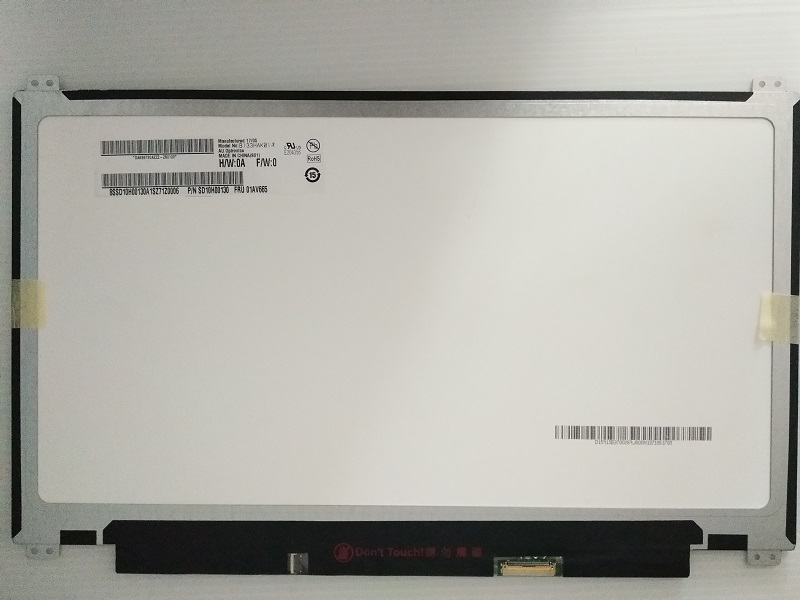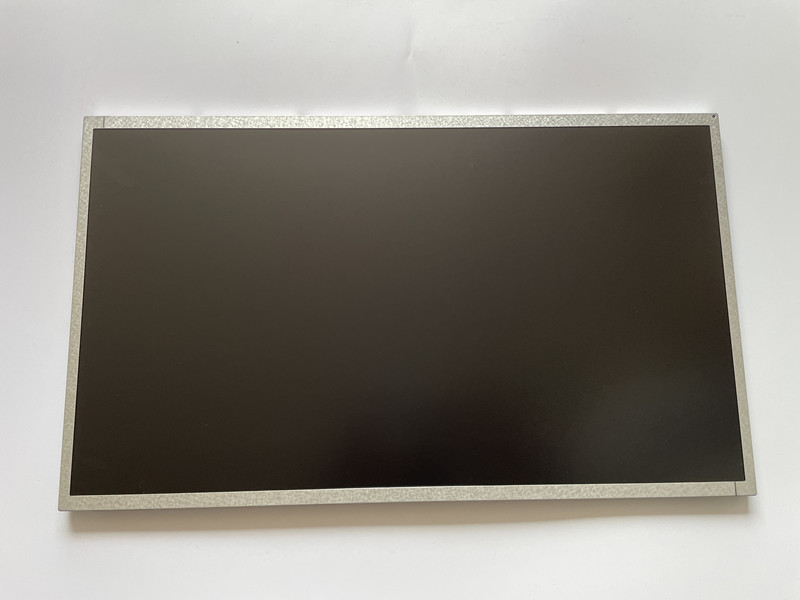Introduction
High quality edp 30 pin slim lcd screen is commonly used in many devices such as laptops, smartphones and tablets. They provide a high-quality visual display with excellent resolution and color reproduction. However, like any other electronic component, the EDP 30-pin slimline LCD can experience issues that affect its functionality. Some of the most common problems include dead pixels, flickering or distorted displays, backlight failures, and unresponsive touchscreens.
Common problems of EDP 30-pin ultra-thin LCD screen
dead pixels
One of the most common laptop lcd screen problems is dead pixels. Dead pixels are small spots on the screen that don’t show any color or light. They can be caused by manufacturing defects, physical damage, or the natural aging of the screen. Dead pixels are distracting and can affect the overall visual quality of the display.
Solve the problem of dead pixels
There are various ways to solve the dead pixel problem of edp 30 pin slim lcd screen. One way is to use pixel fixer software. Pixel repair software is designed to fix dead pixels by rapidly flashing different colors on the screen. This quick flicker can sometimes spur the pixel to start working again. There are many free and paid pixel repair software tools available online.
Another way to fix the dead pixel problem is to try a manual fix. This method involves gently massaging the affected area of the screen with a soft cloth or plastic stylus. The idea behind this method is to apply gentle pressure on dead pixels, which can sometimes bring it back to life. However, this method should be used with caution, as applying too much pressure may cause further damage to the screen.
flickering or distorted display
Another common problem is a flickering or distorted display. This problem can be caused by a variety of factors such as outdated graphics drivers, incorrect display settings, or physical damage to the screen. A flickering or distorted display can be frustrating and can cause eye strain and headaches.
Troubleshoot flickering or distorted displays
The first step in troubleshooting a flickering or distorted monitor is to check the monitor settings. Make sure the settings for Resolution, Refresh Rate, and Color Depth are correct. If the settings are correct, the next step is to update the graphics driver. Outdated graphics drivers can cause display issues, updating them can fix this. Graphics drivers can be updated through the device manufacturer’s website or Windows’ Device Manager.
If updating the graphics drivers doesn’t fix the problem, the next step is to check the screen for physical damage. Check the screen for any cracks, scratches, or dents. Physical damage to the screen can cause display problems and may require the screen to be replaced.

backlight failure
Backlight failure is another common problem with edp 30 pin slim lcd screen. The backlight is responsible for illuminating the screen, providing the necessary brightness for a clear display. Backlight failures can be caused by a variety of factors, such as a faulty inverter, loose cables, or damaged backlight components.
Troubleshooting the Backlight
The first step in troubleshooting a laptop lcd screen backlight is to check the cables and connectors. Make sure all cables and connectors are securely connected and free of dust and debris. If cables and connectors are not the problem, the next step is to check the inverter. The inverter is responsible for providing power to the backlight, and failure of the inverter will cause the backlight to fail. The inverter can be replaced, but it is advisable to seek professional help for this job.
If the inverter is not the problem, the next step is to check the backlight assembly. The backlight assembly is responsible for illuminating the screen, and damage to the backlight assembly can cause the backlight to fail. The backlight assembly can be replaced, but professional help is recommended for this job.
Unresponsive touch screen
Unresponsive touch screen is another common problem of edp 30 pin slim lcd screen. An unresponsive touchscreen can be caused by a variety of factors, such as a dirty screen, outdated drivers, or physical damage to the screen.
Troubleshooting an Unresponsive Touchscreen
The first step in troubleshooting a laptop lcd screen unresponsive touchscreen is to clean the screen. Use a soft, lint-free cloth and a small amount of water or screen cleaning fluid to clean the screen. Avoid using harsh chemicals or abrasive materials as they can physically damage the screen.
If cleaning the screen doesn’t fix the problem, the next step is to update the touchscreen drivers. Outdated drivers can cause the touchscreen to become unresponsive, updating them can fix this. Touchscreen drivers can be updated through the device manufacturer’s website or Windows’ Device Manager.
If updating the drivers doesn’t fix the problem, the next step is to check the screen for physical damage. Check the screen for any cracks, scratches, or dents. Physical damage to the screen can cause the touchscreen to become unresponsive and may require the screen to be replaced.
In conclusion
In conclusion, good quality edp 30 pin slim lcd screen is commonly used in many devices, providing high quality visual display. However, they laptop lcd screen suffer from some common problems like dead pixels, flickering or distorted display, backlight failure and unresponsive touch screen. Fixing these issues involves various methods such as using pixel repair software, updating drivers, and checking for physical damage. It’s important to seek professional help if the problem persists, or if you’re not sure if you can make any repairs yourself. By troubleshooting these common problems, you can maintain the functionality and visual quality of your EDP 30 pin thin LCD screen.
Related Products







